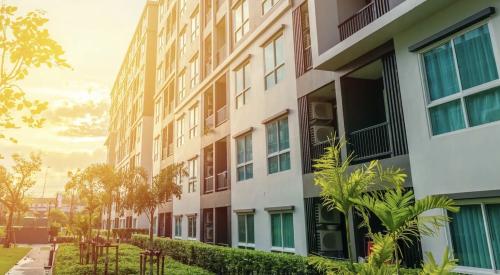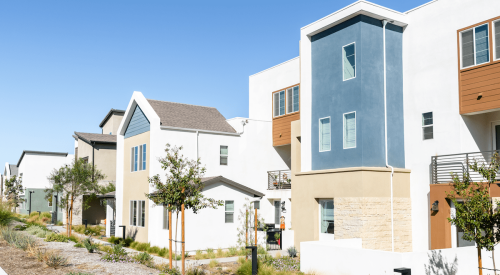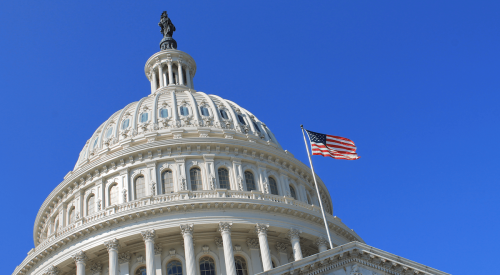| NAHB President Bruce Smith
|
Despite the good economic times of recent years, it’s estimated that more than 5 million renter households nationwide have critical housing needs, meaning they spend more than half of their income on housing or live in severely inadequate units.
So when members of the NAHB’s Housing Credit Group reported difficulty getting Low Income Housing Tax Credit properties approved because the pool of qualified applicants was too small to support such properties, we were surprised, to say the least. (The LIHTC program has provided a key part of the financing for nearly all affordable rental housing built in the last decade. The credit, which provides equity financing, supports the production of affordable units and is designed to serve people at or below 60% of an area’s median income.)
When NAHB economists investigated the problem, they found that almost 900 counties across the country had inappropriate income limits that could negatively affect the development of tax-credit properties.
In Shelby County, Ky., for example, the median income for a family of four was just less than $60,000. Yet the income limit for receiving housing assistance was $17,650. In Mercer County, N.D., the median income was $52,400, but the limit for federal housing assistance was $19,450.
The NAHB discovered an inadvertent flaw in the way the Department of Housing and Urban Development was calculating income limits for its Section 8 program. These limits are used to determine eligibility or rental rates in virtually all federal housing programs, including the LIHTC.
At issue was HUD’s use of a formula tied to fair-market rents that misrepresented income levels in some areas. This reduced the pool of applicants who might have qualified to live in tax-credit apartments and prevented builders from developing credit-assisted apartments in many counties with an obvious need for affordable housing.
Armed with the results of its research, the NAHB succeeded in having the HUD formula changed. In April, HUD released higher income thresholds for the program in the 900 affected counties, effectively solving the problem and dramatically expanding the number of people with access to housing assistance.
A primary objective of home builder associations at the local, state and national levels is to protect housing affordability, ensuring that every American has access to a safe, decent, affordable living environment.
In this case, we fulfilled that mission. Because of the NAHB’s research and intervention, new income limits in the affected counties will expand the pool of Americans eligible for housing assistance by nearly 1 million people.












